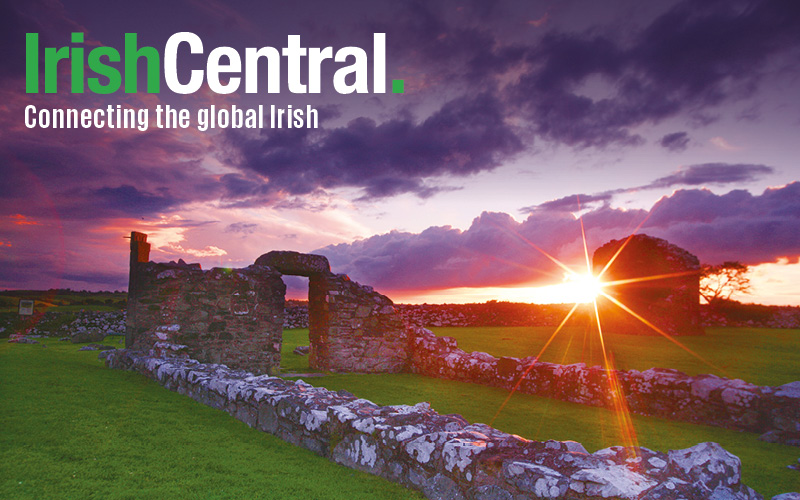The family of a British soldier who took an Irish flag home after fighting in the Easter Rising decided to return the remaining scrap of flag to Ireland, and donate it to the Glasnevin Trust. The piece the largest known remnant of the 1916 Jacob’s Tricolour.
According to the Jersey Evening Post, in April 1916, Bugler John Le Prévost, a Jersey native, and two other soldiers climbed onto the roof of the Jacob’s Biscuit Factory, which was one of the key locations of the Easter Rising,and while under fire from snipers hauled down the Irish nationalists’ flag.
The flag was taken by the soldier and given to his fiancée, Mary La Singe. A piece of the flag has remained in Le Prévost’s family ever since. However, his family did not know its significance until after they read a Jersey Evening Post article written by historian Ian Ronayne in April.
David Blake, Bugler Le Prévost’s great-grandson, contacted Ronayne to verify the provenance of his heirloom. Blake then tried to decide what to do with the remnant. For four months he debated whether to sell it for cash or give it to a local or Irish museum.
He eventually decided the remaining piece of flag belonged back in Ireland, and in honor of his grandfather and the 2016 centenary of the Easter Rising he decided to travel to Dublin to return it.
Blake said: “It is only correct and necessary that the Jacob’s Tricolour comes back home. I feel as if I had it for a reason; as if the family had been caring for the flag so when the appropriate time came, it should go back. This year is the appropriate time.”
The remnant was handed over by the Chief Minister of the island of Jersey at a ceremony on Sunday, Journal.ie reports.
Jersey’s Chief Minister, Senator Ian Gorst said: “It is an honor to be involved in this ceremony, which will commemorate not just the brave and historic actions of the Jersey Contingent but also the long-standing ties that exist between the people of Jersey and Ireland.”
Chairman of the Glasnevin Trust, John Green, called it a “special day."
He said: "It is not only the symbolism of the flag returning to Dublin, to the final resting place of its makers but also the stories it enables us to tell."




Comments